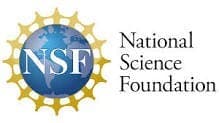.jpg&w=3840&q=75) Photo by: Gabe Kamener
Photo by: Gabe KamenerBuoys and Sensors
The Lake Annie buoy collects hourly/daily lake data to understand changes in features such as algae blooms, temperature mixing, nutrients for algae, oxygen for animals, and contributions to changing greenhouse gases.
In 2008 we deployed our first buoy over the deepest point on Lake Annie, measuring changes every minute to revealing impacts of short-term events like storms. In 2022, Archbold launched a new profiling buoy. In addition to surface water, meteorological, carbon, energy, and light measurements, instruments travel (profile) from the surface to the bottom every hour, collecting multiple data. Both Lake Annie buoys have contributed high-resolution sensor data to the Global Lake Ecological Observatory Network to understand, predict and communicate the role and response of lakes in a changing global environment. Link to project on Networked lake science
Major Findings & Impact
Lake Annie buoy data have been critical to help scientists understand how a subtropical, nutrient-poor lake compares to other lakes around the globe. Publications incorporating Lake Annie high frequency buoy data have shown, for example, how lakes around the world are becoming more tea-colored because of increased inflow and land use change, and that features such as temperature and transparency are changing because of global climate change.
Project Details
More about this project
Primary Location(s)
Archbold Biological Station
Years Active
Lake Annie Buoy 2008-2021 Lake Annie Profiling Buoy 2022 - present
Data and Analysis Types
The new buoy profiles every hour measuring temperature, oxygen, light, algae (chlorophyll a), dissolved organic matter, turbidity, pH, and conductivity. On the surface there is a weather station measuring CO2, heat flux, temperature, oxygen, pH, conductivity, and light. Data are transmitted via cell phone and managed in Archbold's WISKI environmental data portal.
Related People
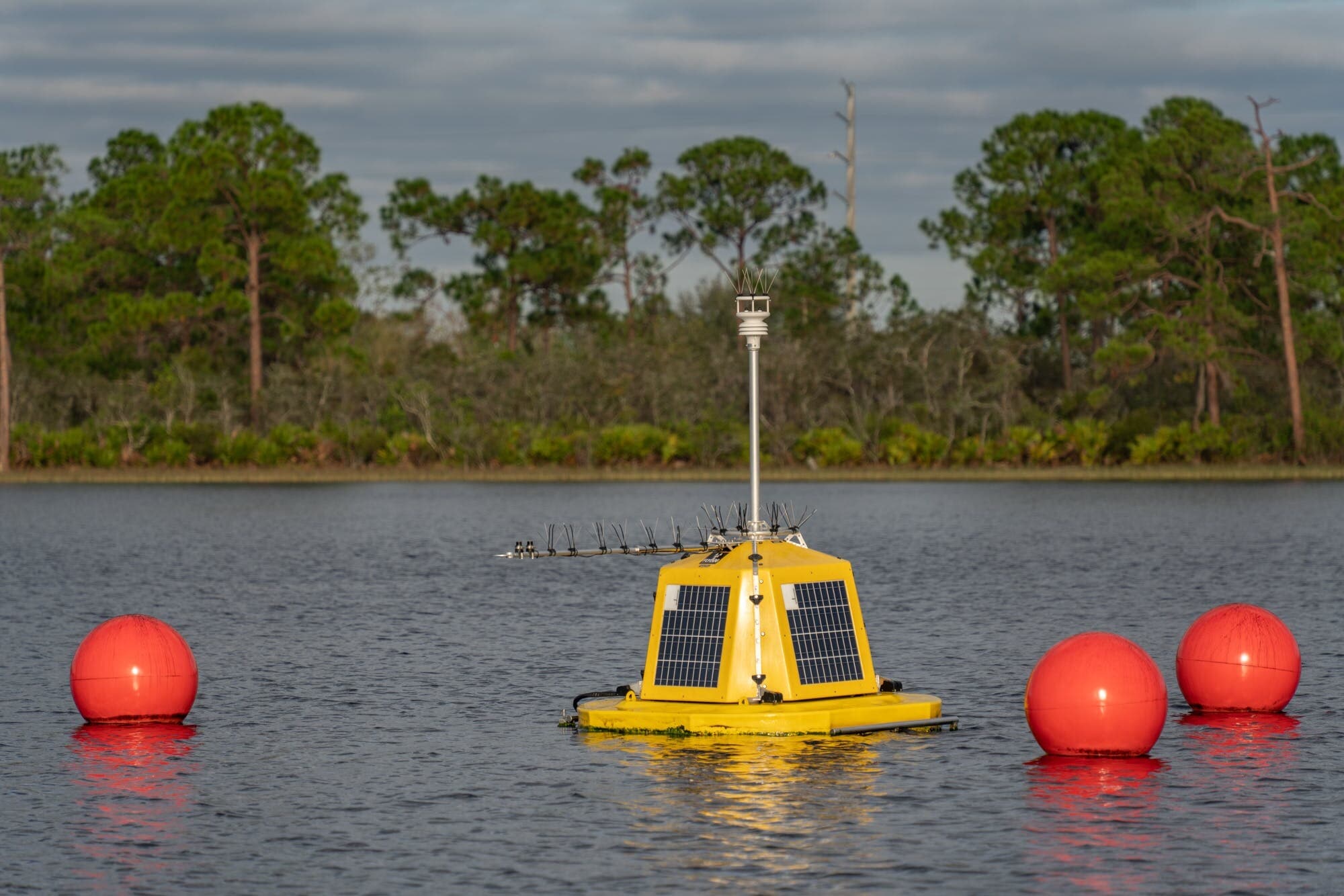 Photo by: Kevin Main
Photo by: Kevin Main.jpg&w=3840&q=75) Photo by: Gabe Kamener
Photo by: Gabe KamenerFeatured Publications
"The intensity and frequency of storms are projected to increase in many regions of the world because of climate change. We analyzed 18 long-term and high-frequency lake datasets (one from Lake Annie) from 11 countries to assess the magnitude of wind- vs. rainstorm-induced changes in lake surface temperature. We found small day-to-day temperature decreases in response to wind and rain, even in the largest storms. This suggests that storm-induced change may not be the driving factor affecting other critically important environmental conditions."
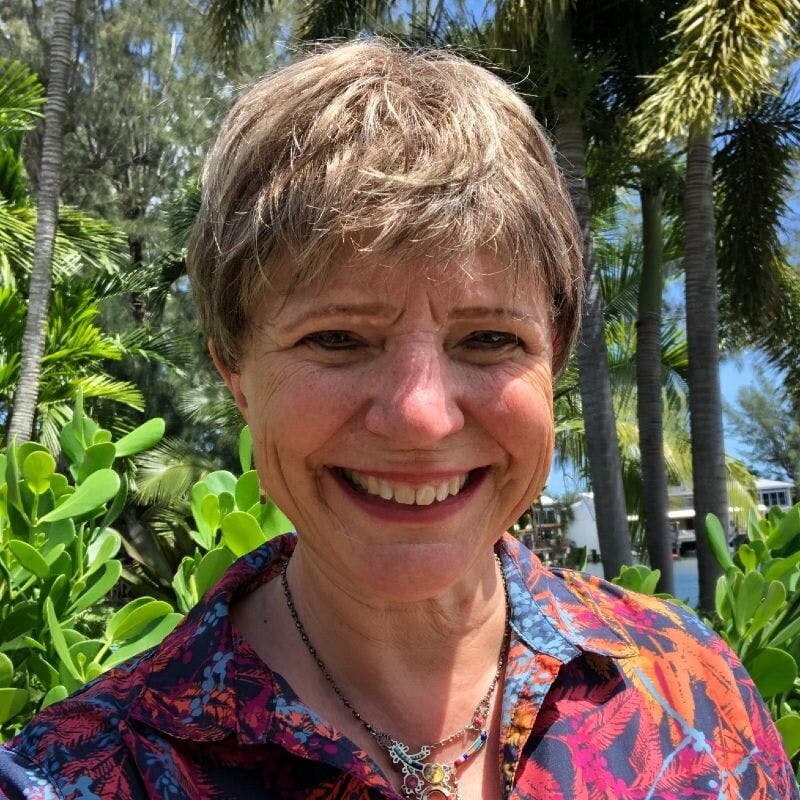
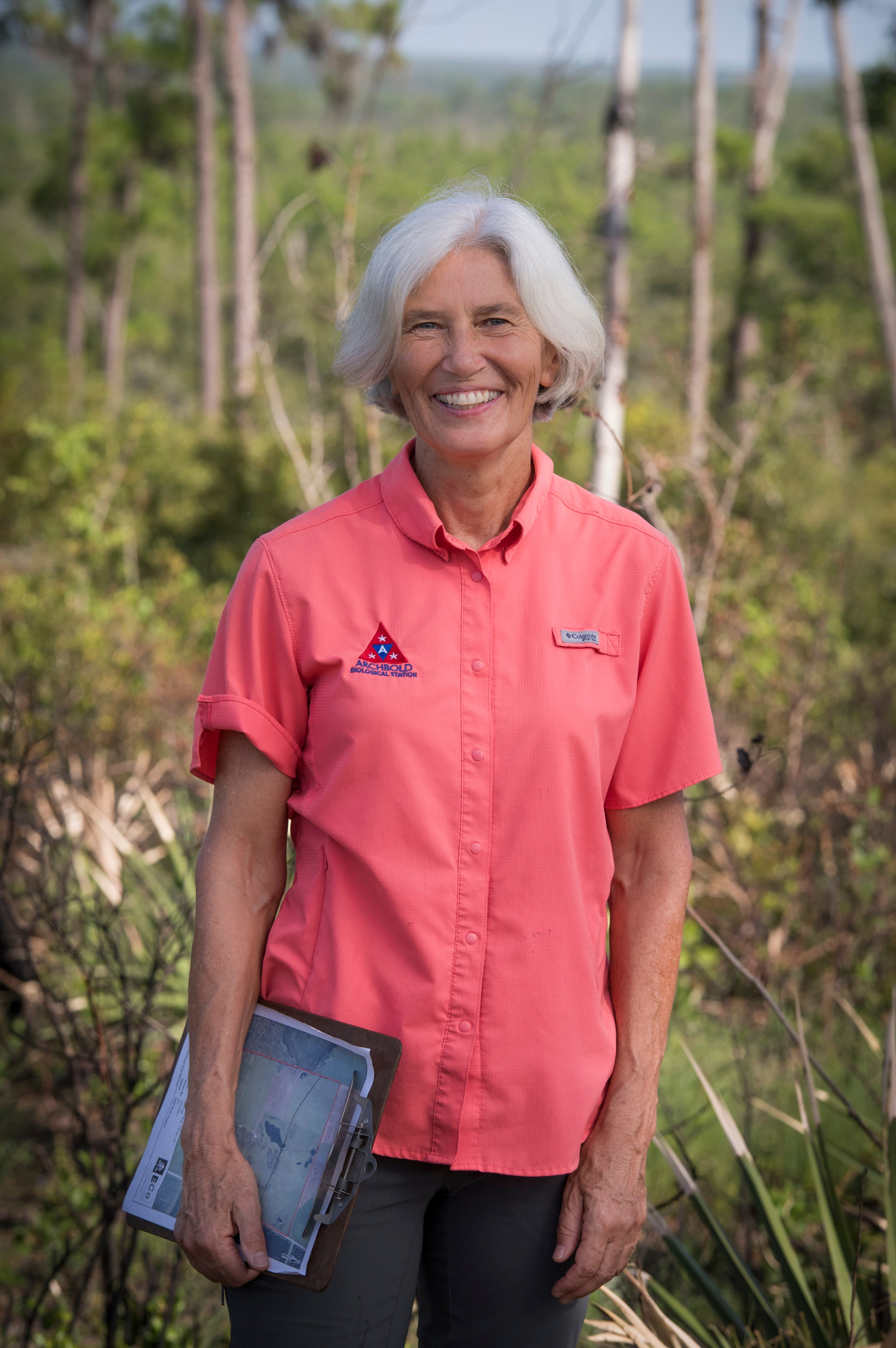




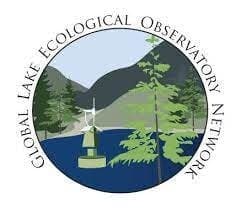
.jpg&w=3840&q=75)
